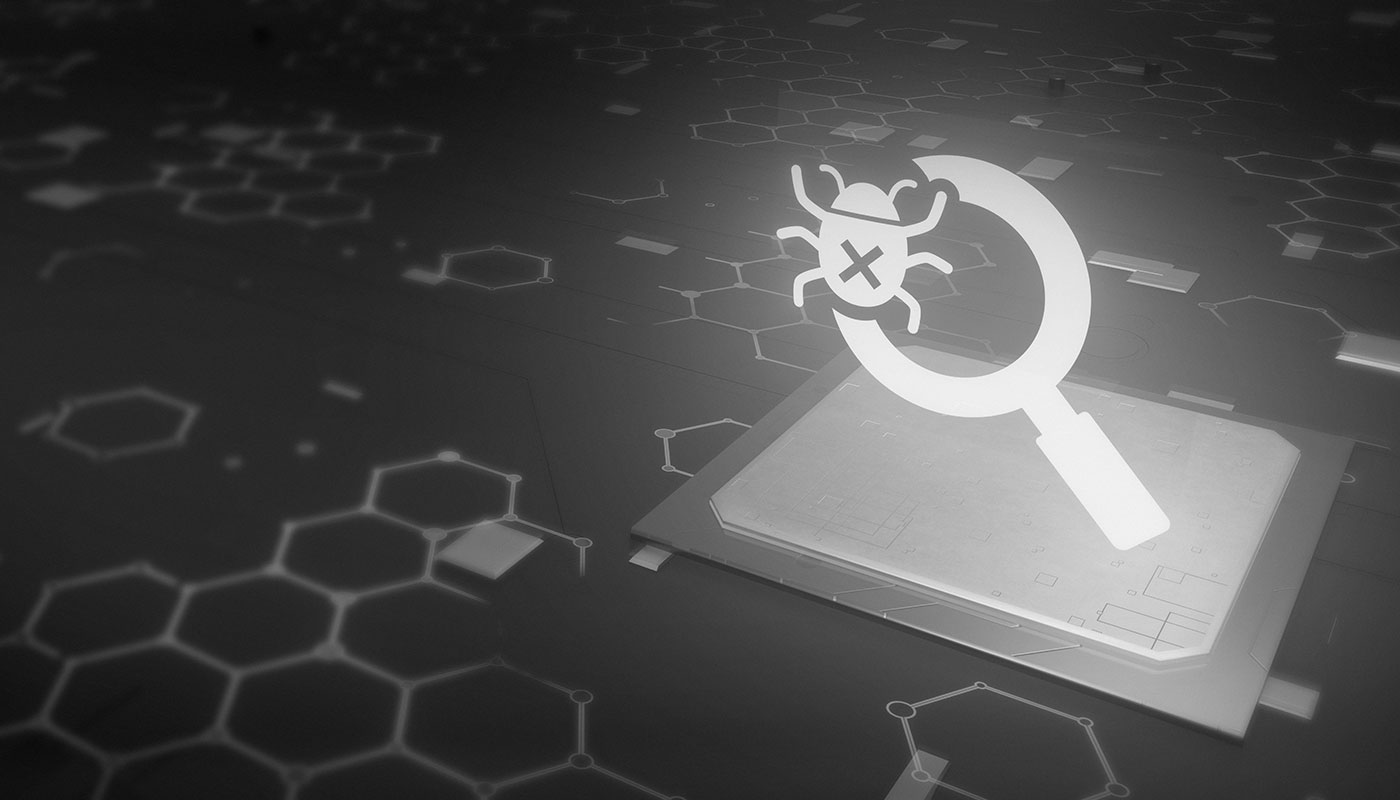
Cybercrime has become a dominant concern for many businesses, as well as individuals. Cybercriminals will target any business, and any individual if they can realize a profit from their minimal efforts. One of the ways that criminals achieve their goals is through the use of malware that garners a fast profit, such as ransomware. More enterprising criminals will use more persistent malware, which enables them to return to the target for further victimization.
Malware has progressed, revealing some trends that may help cybersecurity professionals in combatting current and future strains.
1. Malware is becoming increasingly aggressive and evasive
Evasive malware, designed to thwart traditional security technologies like first-generation sandboxes and signature-based gateways, is not new. However, the trend toward more sophisticated, aggressive, and evasive malware will probably emerge as a result of the latest developments in Artificial Intelligence (AI). In the past, evasive maneuvers have made static malware analysis approaches insufficient. Fortunately, AI will also be useful in dynamic analysis. Sadly, this could result in a war of machines, creating service disruptions as the two entities battle for supremacy.
2. Multi-Factor Authentication (MFA) Attacks
Multi-Factor Authentication has finally gained wider adoption in corporate as well as individual settings. What seemed like a panacea to the brute-force attack problem has been shown to be a bit more vulnerable than originally hoped. For example, if a person’s credentials have been compromised, a technique known as “prompt bombing” can be used to create MFA fatigue, eventually causing a person to accept a login notification just to silence the alerts. Many attacks against MFA involve scanning vulnerable login processes to inject the second-factor codes into websites. While not considered malware in the traditional sense, MFA exploits have the same effect of automating an exploit to gain access to sensitive information.
3. Targeted attacks will give way to mass exploit customization
Targeted attacks require a substantial amount of manual work on the part of the attackers in order to identify victims and then engineer attacks that can fool the victim, as well as create customized compromises and better pre-attack reconnaissance. While attackers have not yet automated these tasks, it is reasonable to assume that some are attempting to do so. One tell-tale sign of automated reconnaissance is its inability to change its behavior. The best defense against this is for cybersecurity professionals to recognize the patterns that are used to compromise a target and work to mitigate those exposures.
4. More consumer and enterprise data leaks via cloud apps
As we grow more dependent on cloud services, we introduce new exposures. More attackers are targeting cloud-based information. There also seems to be diminished awareness about the implications of putting personal and commercial data and media in the cloud. Moreover, as cloud data management becomes unwieldy, new security vulnerabilities may become public. Malware that results in cloud breaches could present fertile ground for attackers. Cybersecurity professionals must remember that cloud security is not the responsibility of the cloud provider. Proactive protection, as well as testing, remain vital to keeping cloud data safe.
5. Your refrigerator is running exploits
Devices that weren’t previously connected to the internet, like home appliances, cars, or photo frames, could become the weakest link in our always-on lifestyles. As everything moves online and adoption grows markedly, there will be attacks through systems we haven’t even considered yet. As more personal devices enter office environments, and as office environments have spread to homes, the Internet of Things (IoT) becomes an even greater attack surface.
It’s important to note that security breaches happen all the time. While there have recently been many high profile security breaches, these attacks are nothing new. The malware trends that may occur are based on observations of the ongoing evolution of threats facing people and organizations today. By keeping our eyes on that horizon, the cybersecurity community can address evolving malware threats head-on and pave the way for a more secure future.
Meet Fortra™ Your Cybersecurity Ally™
Fortra is creating a simpler, stronger, and more straightforward future for cybersecurity by offering a portfolio of integrated and scalable solutions. Learn more about how Fortra’s portfolio of solutions can benefit your business.

